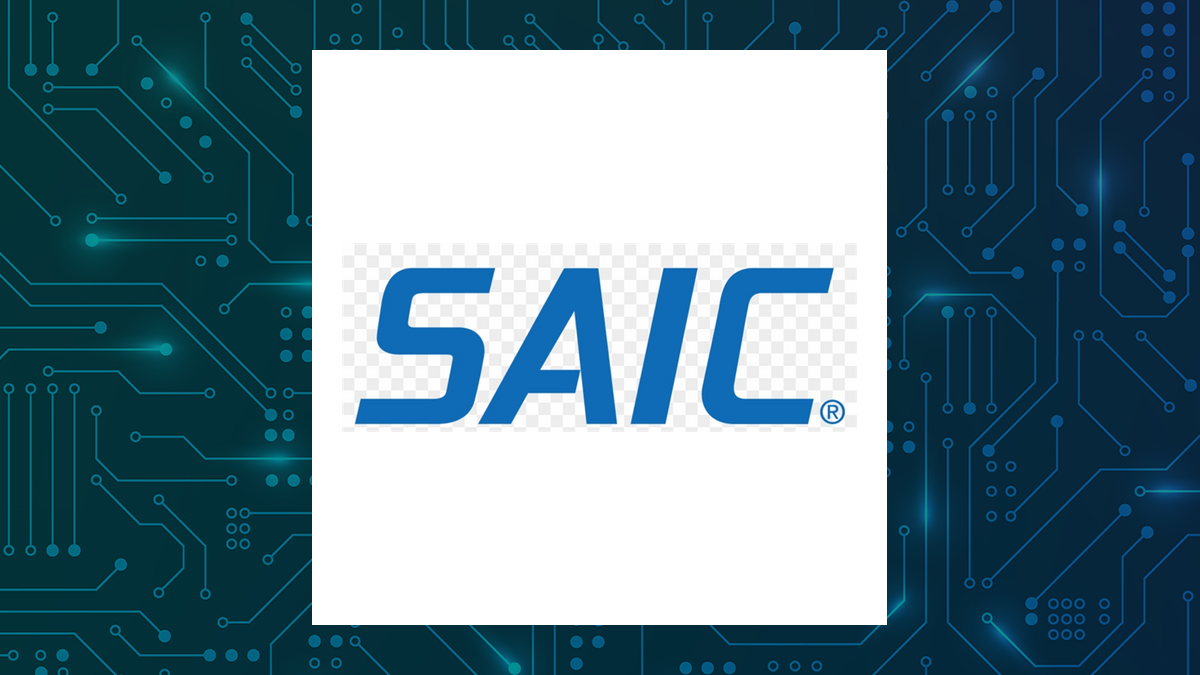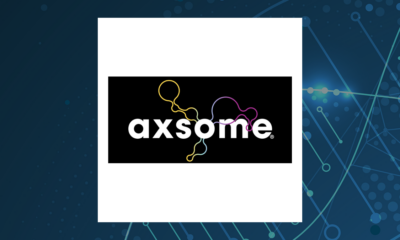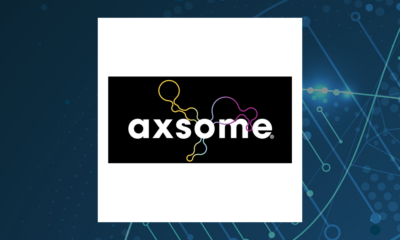Science
Science Applications International: A Competitive Analysis in IT Services

Science Applications International Corporation (NASDAQ: SAIC) is making headlines as it competes within the IT services sector. The company, which provides a range of technical and engineering services primarily in the United States, faces stiff competition from other public companies in the industry. A recent analysis highlights how Science Applications International measures up against its competitors across various factors, including institutional ownership, profitability, dividends, and analyst recommendations.
Institutional Ownership
A significant portion of Science Applications International’s shares, approximately 76.0%, is owned by institutional investors. This figure surpasses the average institutional ownership of 62.6% for other IT services companies. In terms of insider ownership, however, only 0.4% of shares are held by company insiders, while the industry average stands at 11.8%. The higher institutional ownership indicates confidence from large investors in the company’s long-term performance.
Dividends
Science Applications International currently pays an annual dividend of $1.48 per share, which results in a dividend yield of 1.5%. This payout constitutes 17.9% of its earnings. In comparison, the average dividend yield among IT services firms is also 1.5%, but these companies typically distribute a higher percentage of their earnings, at 30.3%.
Profitability and Valuation
An examination of financial metrics reveals that Science Applications International generates higher revenue than many of its competitors, yet its earnings per share are lower. Currently, the company’s price-to-earnings ratio is more favorable than that of its competitors, suggesting it may be a more affordable option for investors looking within this sector.
Risk and Volatility
The volatility of Science Applications International’s stock is notably lower than that of the broader market. The company has a beta of 0.44, indicating its stock price is 56% less volatile than the S&P 500. In contrast, its competitors have an average beta of -8.09, suggesting their shares are significantly more stable.
Analyst Recommendations
According to data from MarketBeat.com, analysts have provided a mixed outlook for Science Applications International relative to its competitors. The IT services sector, as a whole, has a potential upside of 18.50%, but Science Applications International’s consensus rating and growth potential are perceived to be weaker, with analysts favoring other firms in the industry.
Summary
In this comparative analysis, Science Applications International was found to lag behind its competitors in eight out of fifteen assessed factors. Despite its strengths in institutional ownership and revenue generation, the company faces challenges in profitability and growth outlook.
Founded in 1969, Science Applications International has evolved significantly since its inception. Originally named SAIC Gemini, Inc., the company rebranded to its current name in September 2013. Headquartered in Reston, Virginia, it serves key clients including the U.S. military and various federal agencies, providing essential services such as IT modernization, logistics, and cloud migration.
As Science Applications International continues to navigate a competitive landscape, its performance and strategic decisions will be crucial in determining its future standing in the IT services sector.
-

 Technology5 months ago
Technology5 months agoDiscover the Top 10 Calorie Counting Apps of 2025
-

 Health3 months ago
Health3 months agoBella Hadid Shares Health Update After Treatment for Lyme Disease
-

 Technology6 days ago
Technology6 days agoOpenAI to Implement Age Verification for ChatGPT by December 2025
-

 Health3 months ago
Health3 months agoErin Bates Shares Recovery Update Following Sepsis Complications
-

 Technology4 months ago
Technology4 months agoDiscover How to Reverse Image Search Using ChatGPT Effortlessly
-

 Technology1 month ago
Technology1 month agoDiscover 2025’s Top GPUs for Exceptional 4K Gaming Performance
-

 Technology3 months ago
Technology3 months agoElectric Moto Influencer Surronster Arrested in Tijuana
-

 Technology5 months ago
Technology5 months agoMeta Initiates $60B AI Data Center Expansion, Starting in Ohio
-

 Technology5 months ago
Technology5 months agoRecovering a Suspended TikTok Account: A Step-by-Step Guide
-

 Health5 months ago
Health5 months agoTested: Rab Firewall Mountain Jacket Survives Harsh Conditions
-

 Health3 months ago
Health3 months agoAnalysts Project Stronger Growth for Apple’s iPhone 17 Lineup
-

 Lifestyle5 months ago
Lifestyle5 months agoBelton Family Reunites After Daughter Survives Hill Country Floods





















